Oct 15, 2025
Oct 15, 2025
by Ravi Pipal
Freemasonry in India was established as far back as 1728, when the Grand Lodge of England authorized George Pomfret Esq. “to open a new Lodge in Bengal” Since then, Freemasonry has flourished. In 1836, Bro. Dr. James Burnes was appointed the first Provincial Grand master of Western India and its dependencies by the Grand Lodge of Scotland. The first two Lodges warranted by Chevalier Burnes were Lodge Rising Star of Western India No.413 (now 342) Bombay Lodge St. Andrw’s in the East No.414 (now 343) Poona, both of which were warranted on 6th Nov 1844.
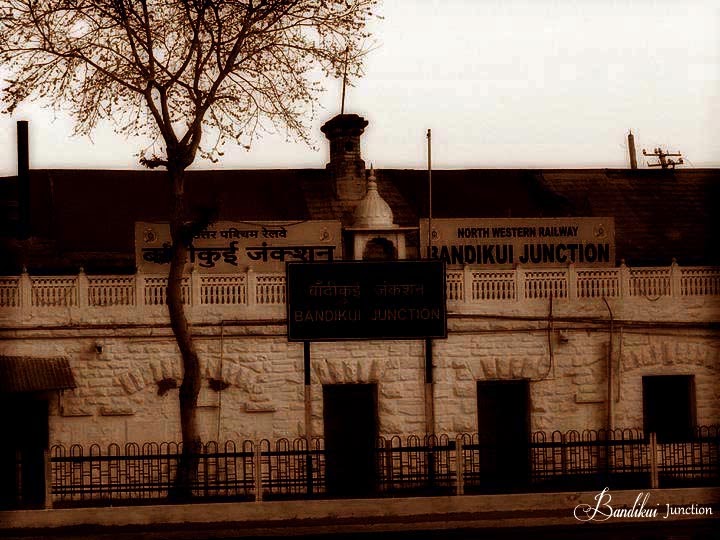
The late Bro. Noshir M. Irani during his term as District Grand Master of Western India (Scottish Constitution) (1979-1985) started a Masonic bulletin which was very well received. With his sudden demise the bulletin came to an abrupt end. During his term as Distt. Grand Master of Western India (1988-1991) the late Bro. S.P. Dadachanji also initiated a Masonic Education program encouraging lectures on Masonic matters. His demise was a serious set back to the program.
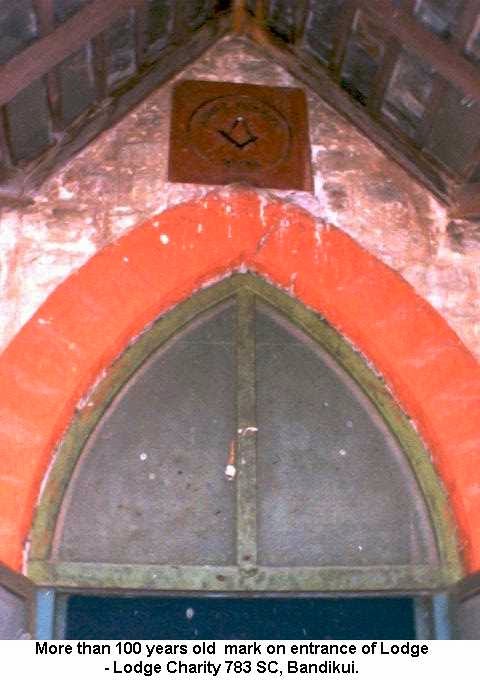
With the first issue of ‘The Indian Mason’, the District was once again embarking on a program of spreading Masonic knowledge under the editorship of Bro. Larry Grant. This revival will attempt to fill a long felt need of every Mason from an Entered Apprentice to a past ‘Z’.
The First Indian Freemason was Rt. Wor. Bro. Manockjee Cursetjee, he was born 14th March, 1808 and died on 6th Dec 1887 P.M. 342 Scottish Constitution (1857-1859)
A Great deal can be said about the ‘Trust in God and Be Not Daunted” spirit of a worth and worshipful Indian brother who, more than 125 years ago, displayed courage, zeal to have the portals of the sacred, citadel of Freemasonry thrown open to Indians. In his name and to perpetuate his memory Lodge “Manakjee Coursetjee” under the Grand Lodge of India is consecrated this day, 3rd June, 1968 in Bombay after a lapse of 125 years.
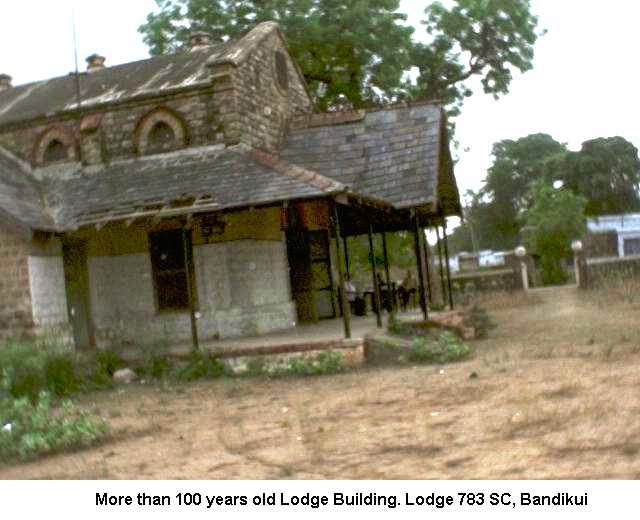
In 1841, Rt. Worshipful Bro. Dr. James Burners, K.H. the then Provincial Grand Master of Western India (Scottish Constitution) and Bro. P.W. Le Geyt, the then Dep. Prov. Grand Master of West India (Scottish Constitution) agreed to the suggestion of Manockjee Cusetjee Esq. that he should join Freemasonry. Manockjee Cursetjee made an application to Lodge ‘Perseverance’ No.546 then under the English Constitution, but his application was objected to solely because he happened to be an Indian. He left for England when the Duke of Sussex, an uncle of Queen Victoria was Grand Master of the United Grand Lodge of England.
The Duke was favorably inclined for the admission of Indian Gentleman into Freemasonry and Manockjee Cursetjee was to be initiated under the auspices of the Duke. Unfortunately the GM was on the continent when Manockjee was in England. Subsequently, the ardent candidate went to Paris where he was initiated in Lodge “A La Gloire de l” Univers’ by his esteemed friend - Duc Decazesthe, Most venerable of the French Sottish Rite (1830 – 1860).
On his return to Bombay Bro. Manockjee’s name was once more proposed this time as a Joining member of Lodge Perseverance No.338 now under (SC) application was rejected on 3rd May, 1843. On 19th Nov 1843 about 27 brethren, some of whom belonged to Lodge Perseverance petitioned the sympathetic broadminded and level headed provincial Grand Master of Western India.
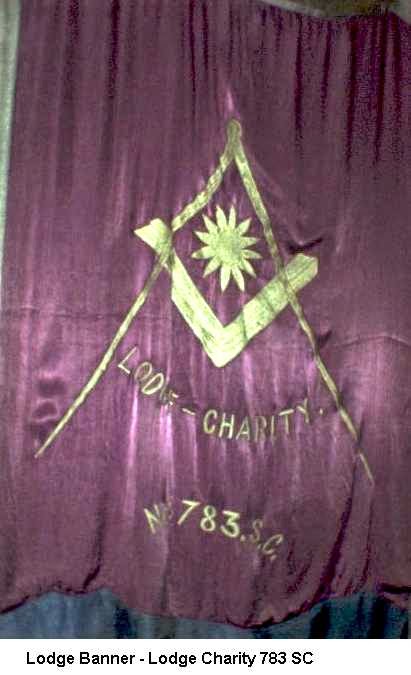
Rt. Wor. Dr. James Burnes, K.H that the signatories might be constituted by dispensation into a lodge and he as Provincial Grand Master should give it a name and himself be installed as its First Master.
Consequently, Lodge “Rising Star of Western India” No.342 SC was duly constituted in the Town Hall in Bombay on 15th Dec 1843 and Indians were allowed to be benefitted by Masonic Light. On 1st anniversary of the Lodge its native members held a private meeting and resolved to strike a medal in honor of the R.W. Provincial Grand Master Bro. Dr. James Burkes, K.H. to be presented to him at the 1st anniversary meeting on 16th Dec 1844. Bro. Manckjee Cursetjee became the 1st Secretary of Lodge ‘Rising Star of Western India’ No.342 SC and was its Master in the years 1857 to 1859 Wor. Bro. Fraser Bupuji Musa PDSGW (EC) set the ball rolling to establish a lodge bearing the revered name of Manockjee Cursetjee in memory of the Brother who may rightly be called “FATHER OF INDIAN FREEMASONRY IN WESTERN INDIA”
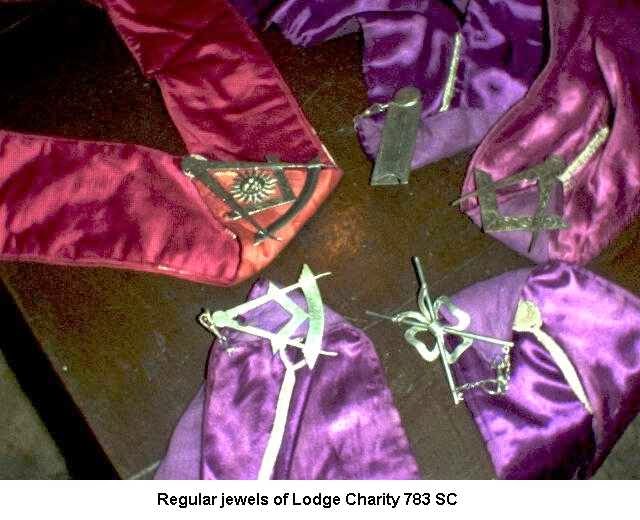
In his civil life Manockjee was the 1st Indian to be appointed in 1838 as Asstt. Collector of Customs. In 1845 he was appointed Hon. Commissioner in the Court of Requests and in 1846 he became the Commissioner of that Court. He was practicing pleader. In 1850 he passed the examination of ‘Munsif’. In 1860 on the abolition of the ‘Court of Requests’, the Gov. Presented to him a sum of Rs.6000/-. In 1853 he became temporary judge in the court of Small Causes. In 1873 he retired on pension. In 1856 and 1863 he was the Sheriff of Bombay – the 1st Indian to be appointed to that office. In 1863 he established the Alexandra Girl’s English Institution in Bombay. This institution is still flourishing in the city. In 1835 he was admitted as the first Indian member of Royal Asiatic Society of England and in 1840 he was admitted as a member of that society in Bombay. In 1845 his father Cursetjee Manockjee left a legacy of Rs.30, 000 to his youngest son Manockjee Cursetjee. He presented a bronze statue of his father to Bombay Municpality in 1867. This statue of ‘Khada Parsee” stands at the foot of the Byculla Bridge.
Brethren from Bombay, Poona, Nasik, Devlali, Amritsar, Katni, Jabalpur, Indore, Mhow, Jamshedpur, Secundrabad, Calcutta, Madras, Belgaum, Vidyanagar, Kanpur, Navsari, Aden, Bahrain and East Africa submitted a petition to Most worshipful Grand Master of the Grand Lodge of India, Most Worshipful Brother Bhogilal Chimanlal Shah, J.P., that the signatories might be constituted into a Lodge of Ancient Free and Accepted Masons. On 28th March 1968 AD warrant was issued and The Lodge ‘Manockjee Cursetjee’ is registered in the Books of The Grand Lodge of India under No.185.
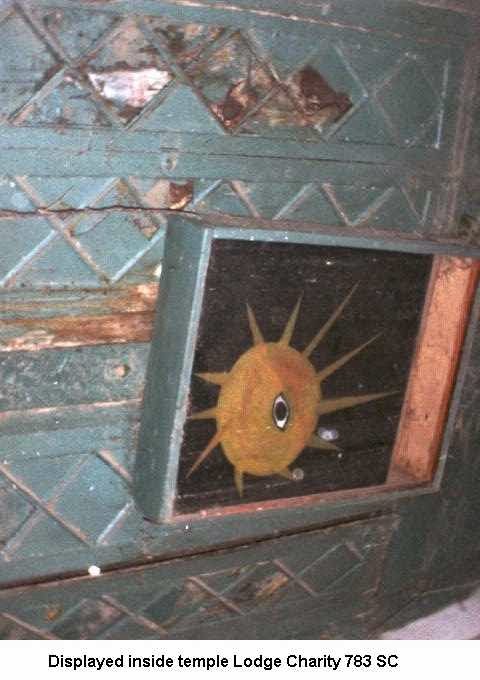
ABIFF: Generally interpreted as a title of respect for veneration, from the Hebrew “Abi” meaning “my father”.
SPRIG OF ACACIA: In the scriptures the Acacia is known as Shitta or in the plural Shittium. It was the wood employed in making the Tabernacle, the Ark of the Covenant, the Table of Shrewbread and the rest of the furniture of the Holy Place The wood is heavier than water and great value attaches to it from the reason that it is not attacked by the white ant or any other insect. In Freemasonry the Acacia may be said to be emblematic of the immortality of the soul, from the fact of its being evergreen.
MASONIC ADOPTION: It was an ancient custom among many French Lodges when a Mason’s wife was about to give birth to a child the hospitaller, if a physician or if not, a Brother of that profession visited the house and offered his services if required. Later if the child was a boy the Lodge was convened to proceed with the ceremony of Adoption, the wardens being appointed as godfathers. The ceremony enjoined the members of the Lodge to watch over the welfare of the child.
ALL SEEING EYE: The all Seeing Eye symbolizes God as the Guardian and Protector of his children.
ANNO LUCIS: Like the Jewish calendar, Freemasonry measure its years from the creation William Preston was written “from the commencement of the world we may trace the foundation of masonry. According to common man the Christian era began roughly 4000 years after the creation, therefore, the Masonic years is obtained by adding 4000 to the year of the Christian era and freemasons, instead of using ‘Anno Domini’ use Anno Lucis or “in the year of light”.
APPLAUSE IN LODGE: Masonic applause is to be deprecated. If indulged in at all it should take the form of a single clap given in unison at the command of the Director of Ceremonies.
ORIGIN OF APRON: Apron of the speculative Mason is descended from that of his Operative predecessor. The apron of ancient operative Masons consisted of skins of considerable size roughly stripped from the carcass of an animal. With the passing of time the skins were trimmed into shape and reduced in size and later the ornamentations were added.
ARTS & SCIENCES: As named in the Masonic Lectures they are Grammar, Rhetoric, Logic, Arithmetic, Geometry, Music and Astronomy.
CABLE TOW: The length of a Master Mason cable tow or the distance within which attendance at his Lodge is said to be obligatory is generally stated to be 3 miles. In some of the old charges, it varied from five to fifty miles.
SYMBOLS OF GOD
The use of symbols greatly helps us to understand the Limitless Bounty of the infinite Almighty of God.
A circle represents God, whose centre is everywhere and the circumference is nowhere. Eternity or immortality is presented by the Egyptians as a serpent eating its own.
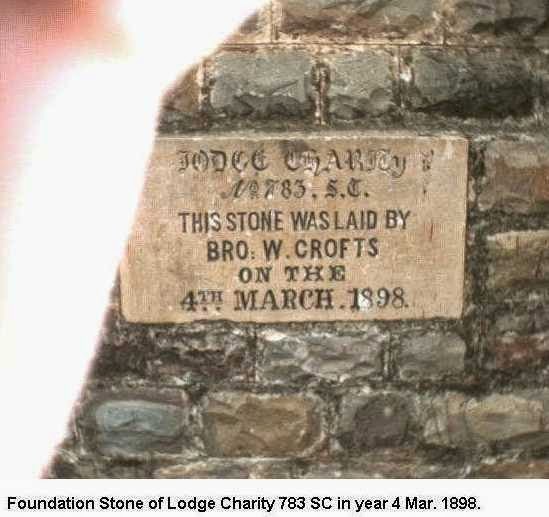
Tail. According to the Chinese, the circle was bounded North and South by two serpents and was emblematical of the universe protected and supported equally by the power and wisdom of the creator.
Wearing of the finger ring the bracelet the anklet and the necklace was originally regarded a means of protection from evil.
A circle acquires even more importance when it includes a central point. In the centre is the blazing star, an emblem of divine protection, the radiations from which in direct lines verge to energy part of the circle and end in it.
The point, the Supreme Being Infinite yet Unknowable, the All-Pervading, yet Unknown and the circle, the circuit of the Sun or as Eternity. As every point of the circumference of a centre is equally near and equally distant from its circle, so every creature is equally near and equally distant from God who looks after us and loves us equally. The centre is inexhaustible and will remain the same even though millions of circle or circles to eternity are drawn from the same central point.
27-Mar-2016
More by : Ravi Pipal

|
I believe in supreme being and grand architect of universe I want to become a member cuz I want to become a better man |